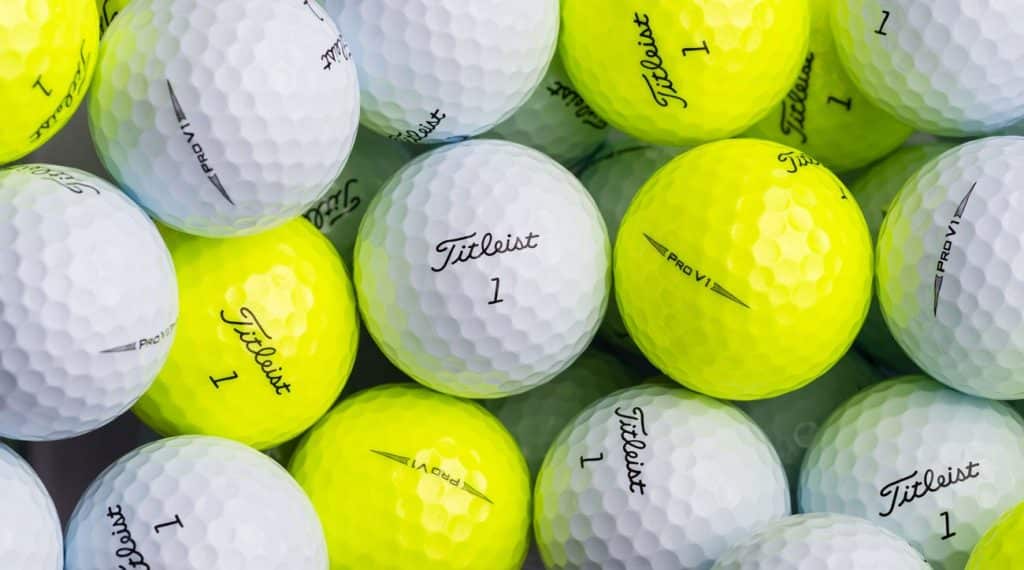In golf, your ball says a lot about you.
Whether you realise it or not, many new playing partners will already be making judgements on your ability based upon the little round rock being placed on the tee before you’ve even taken your first swing.
Color, brand, expense – all of these factors will have others trying to figure out if you’re any good or not.
Golf balls come in a wide range of colors and boast a broad range of features, but many are exactly the same as all other competitors on the market.
Buy any dozen, cheap or expensive, and no doubt they’ll claim to be “the highest spinning, longest and most responsive ball ever!”
So, should you buy into the hype? Can you get equally good results with cheaper balls versus premium brands? And most importantly: does golf ball quality matter?
The quality of golf ball you use definitely matters and impacts on your game. Higher quality, more expensive golf balls generally have a urethane cover, leading to greater ‘feel’ and spin control. Premium balls will usually perform longer and hold greens more consistently, helping you shoot lower scores.
But while premium golf balls do outperform cheaper brands, that’s not to say you can’t use cheaper golf balls when playing a round – especially if you’re a high handicapper, as less spin on your ball may be a good thing.
In the end, it comes down to what you are comfortable spending on golf balls, and whether you’d prefer to sacrifice performance somewhat in order to save a few extra dollars, or vice versa.
Below, I’ll explain more about the differences between high quality and moderate quality golf balls – and give my recommendations for each price bracket – to help you decide on the perfect brand for you.
Table of contents
What are the differences between golf balls?
The biggest difference between premium and cheap golf balls is how they are made. Higher-quality balls are typically covered in urethane, which gives them extra spin and grab on the greens. Cheaper balls, in contrast, usually have a lower-quality surlyn material for the cover that are far less responsive on the greens.
Golf balls vary quite a lot, with the main sticking point for many players often being price.
A dozen Pro V1x balls from Titleist can often set you back more than $60, enough to give you the shakes when teeing up on a hole with water or a tight out of bounds nearby.
At the bottom end of the spectrum are budget, used golf balls, sometimes retrieved from lakes or lost on golf courses.
These lower-quality, but still usable balls can be bought in bulk rates rendering each rock less than a dollar in cost.
Golf balls also have a level of ‘prestige’ attached to them.
Titleist’s Pro V1 balls have long been regarded as the ‘number 1 ball in golf’ and are widely used on the PGA tour.
Using Pro V1s can often be an indicator of a quality golfer, as well as a try-hard who is willing to shell out a small fortune each round just to lose half of them and become enraged by the 18th hole.
If reputation and image matter, you’ll want to consider using a top range ball, such as Pro V1s, Callaway Chrome Softs or Bridgestone B XS’s (the choice of Tiger Woods).
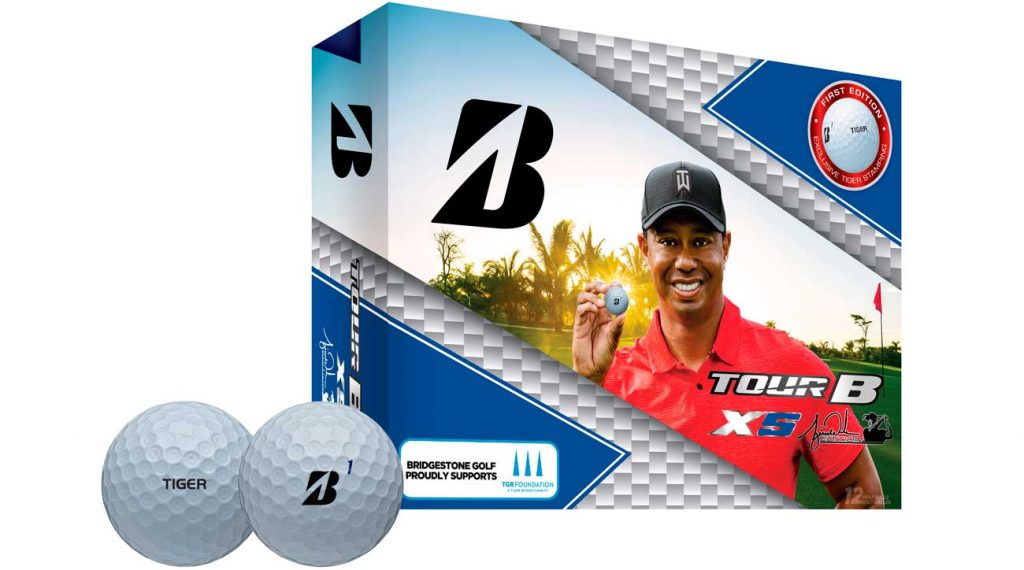
Most big brands also have mid-range balls that boast similarly impressive spin numbers and distance without the hefty price tag.
Personally, I have used Callaway Super Soft balls and Callaway Chrome Soft balls, the Super Softs coming in at almost half the cost of the Chrome Softs.
Super Softs, being two-piece as opposed to four-piece and boasting a surlyn cover rather than urethane, will spin less, fly farther and give more height to the average golfer.
However, they won’t compress as much as the Chrome Soft and offer less grip around the greens.
While spin is touted as an unquestionable positive in golf, you must remember the effect of sidespin, not just backspin.
Higher spinning, higher quality golf balls are often more damaging for average golfers who are regularly open or closed with their clubface at impact – due to poor control – leading to hooks or slices.
When it comes down to it, numbers and stats aside, I feel like I perform better when using the Callaway Chrome Soft, and thus prefer these to the mid-priced Super Soft.
Compared to the cheap Wilson balls I used to game with, which offered no grip whatsoever (unsurprising, given their bargain-basement price tag), both versions of the Callaways gave me far better grip and performance.
How do golf balls vary visually?
Golf balls can vary visually in many ways, but namely colors and patterns. Some balls will be imprinted with cool designs, or even your own name, while others could be anything from red, green or yellow to blue or pink in color. But the majority of golf balls come in a standard white color scheme.
Golf ball design, as far as appearance goes, has been a pretty vanilla game until recent years.
While the vast majority of players choose white balls, more and more color has crept in, and patterns are even spruiked as offering improved confidence on the tee.
Callaway’s Truvis design (pictured below) claims to give “true vision of movement and depth perception of the movement of a golf ball by application of symmetrical patterns”.
So, what the heck does that mean? Allegedly, the ball looks bigger at address, inspiring confidence in the player.
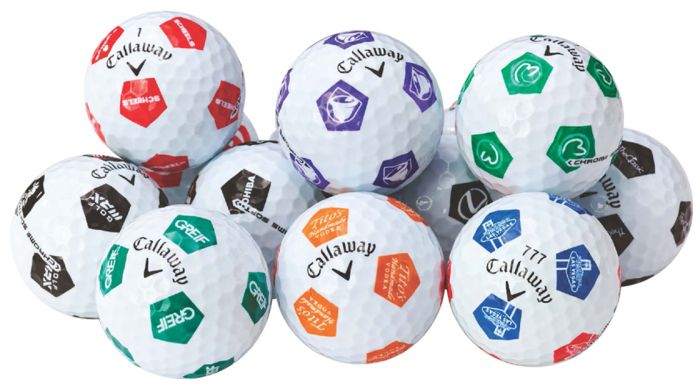
Taylormade has also joined the party, creating the 2020 TP5x pix range with a colored triangle pattern spread across the surface.
Co-designed by Rickie Fowler, the balls are claimed to be easier to pick up through the air and offer clear feedback in regards to strike on the putting surface.
So, should we believe them? In all honesty, I have a massive preference for the Truvis patterned version of the Callaway Chrome Soft.
Even if this was simply a placebo that offered no improvement to my game, it made me feel confident (although I’ll say more about this later) and in golf, confidence is something people are happy to buy if someone is selling it.
Which brings me to the next very important question…
Does golf ball color matter?
Gone are the days where players only ever used bland, white balls – instead, more and more golfers are letting their personalities shine through the color of their ball and should be encouraged to do so. The more confident you feel with your ball, the better you’ll play.
Golf balls increasingly vary by color in today’s game, with everything from your classic white to bright pinks and yellows.
The VICE Pro Drip Lime patterned ball lays claim to be the most hipster ball on the market, and as mentioned earlier image can be everything in golf, so if you think you’re a pretty stylish operator, an online order should be in the pipeline.
Historically, playing a colored golf ball has given off massive ‘wanker’ vibes to anyone else out on the course, but the bright color can vastly improve visibility for older or visually impaired golfers, so it’s definitely not something that should be judged.
Two-time Masters winner Bubba Watson has had periods of gaming pink or green balls from sponsor Volvik and, considering his reputation as one of the best players of the modern era, if colored balls are good enough for him, they should be good enough for any weekend warrior.
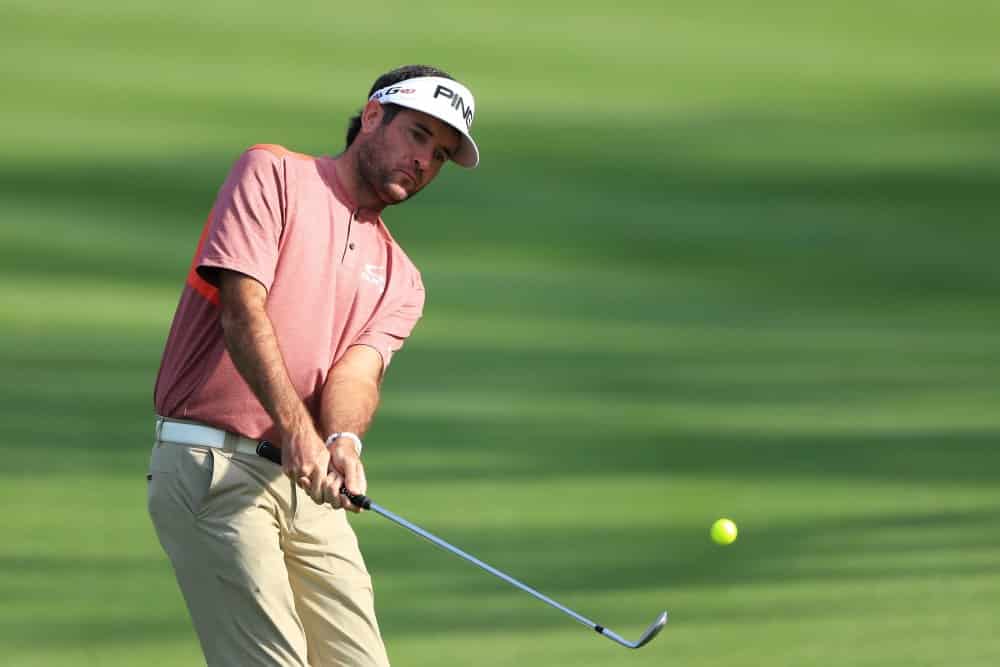
Do golf balls matter for high handicappers?
This is a tough question to answer with a definitive yes or no, as there are many factors at play.
If you are a high handicapper (let’s say 20+), ask yourself the following questions:
- What can I afford?
- Do I make good contact with the ball?
- Does losing expensive balls give me anxiety?
- What golf balls do I like?
Let’s look at each of these questions in more detail below.
What can I afford?
If you have the cash to burn through golf balls that cost upwards of $5 a pop, there’s really no reason why you shouldn’t game with them.
Higher handicappers will usually lose a fair few balls, but if you’re loaded with cash, why not pull out all the stops and rock the Pro V1s like multiple major-winner Brooks Koepka?
Do I make good contact with the ball?
At the end of the day, the quality of your swing will have the greatest impact on your distance, spin and ball flight.
Whether you have a Taylormade TP5 or a dirty lake ball in front of you, striking the ground three inches behind the ball will return the same result.
If you’re a poor ball-striker, save your money, play cheap balls and fork out for some lessons with a good quality PGA pro (we detailed how to choose the right golf instructor in another article here).
Does losing expensive balls give me anxiety?
As mentioned earlier, I loved the style of the Callaway Chrome Soft in the Truvis pattern and felt like it gave me confidence at address.
However, at twice the price of the Callaway Super Soft, if I put one or two in the drink I would start to feel affected by the potential hit to my bank balance of losing six balls in a round, and tighten up before each swing.
If you can’t afford to buy expensive balls or genuinely hate the thought of losing them, play something in that mid-price range that will still reward a good strike but won’t leave you ruing the $30 you just sent over the out of bounds fence.
What golf balls do I like?
For any golfer it’s important to play gear that you like and, in some cases, expresses your personality.
If you love a particular brand or idolise Tiger, play the same ball as them or show off your loud personality with a brightly colored rock.
Are lake balls and refurbished balls any good?
In general, lake balls and refurbished balls perform either well or poorly depending on how old they are. Often these balls have been repainted to appear new, but their urethane or surlyn cover has been damaged. This will reduce control and spin on the greens when compared to a brand-new ball.
Many golfers opt for buying lake balls or refurbished balls for one reason and one reason alone: affordability.
These balls can cost as little as half as much as a brand-new box of premium balls, but do they really perform any good?
Lake balls are balls retrieved from water hazards on courses, washed and repackaged for sale via online retailers.
I don’t have hard data on this, but from a few forums I’ve read and people I’ve spoken to, the general consensus was that they perform pretty well.
While they are no guarantee to be as good as fresh balls out of the box and may vary in consistency depending on how long they’ve spent underwater, it appears lake balls are a good option for those looking to game premium golf balls at a bargain price.
Refurbished balls are balls that have been scuffed up or damaged on course, then lost.
Companies collect them and touch up the outer cover, often repainting and recoating, but not with the urethane coating seen on most of the big brand’s premium offerings.
Again, there will be inconsistencies from ball to ball and there’s no guarantee that beneath the Pro V1 logo you’re actually hitting a Pro V1, but at half the price of new balls they might be worth a try so you can make up your own mind.
Best premium golf balls
Below is a list of the best golf balls money can buy.
You should definitely consider using one of them if you can afford it as they will perform significantly better than cheaper brands.
Titleist Pro V1 or Pro V1X
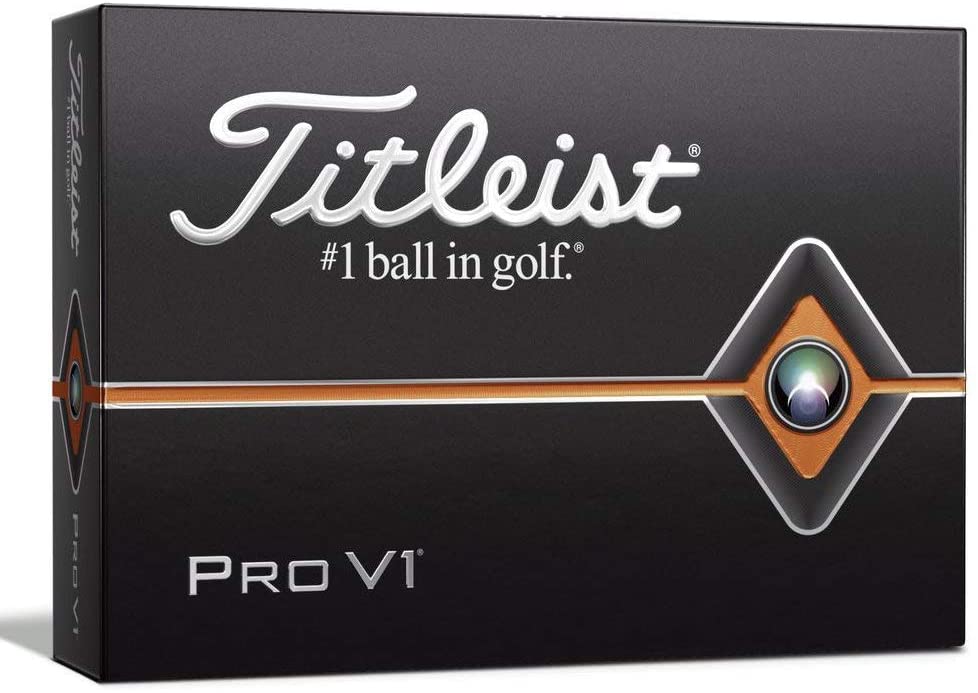
The Titleist Pro V1 is a classic golf ball long regarded as the best in the game, although it does have some rivals closing in on the big stage.
Boasting low spin with the longer clubs and a soft feel, a dozen will cost upwards of $60, which is very much at the top end of the price spectrum.
Callaway Chrome Soft
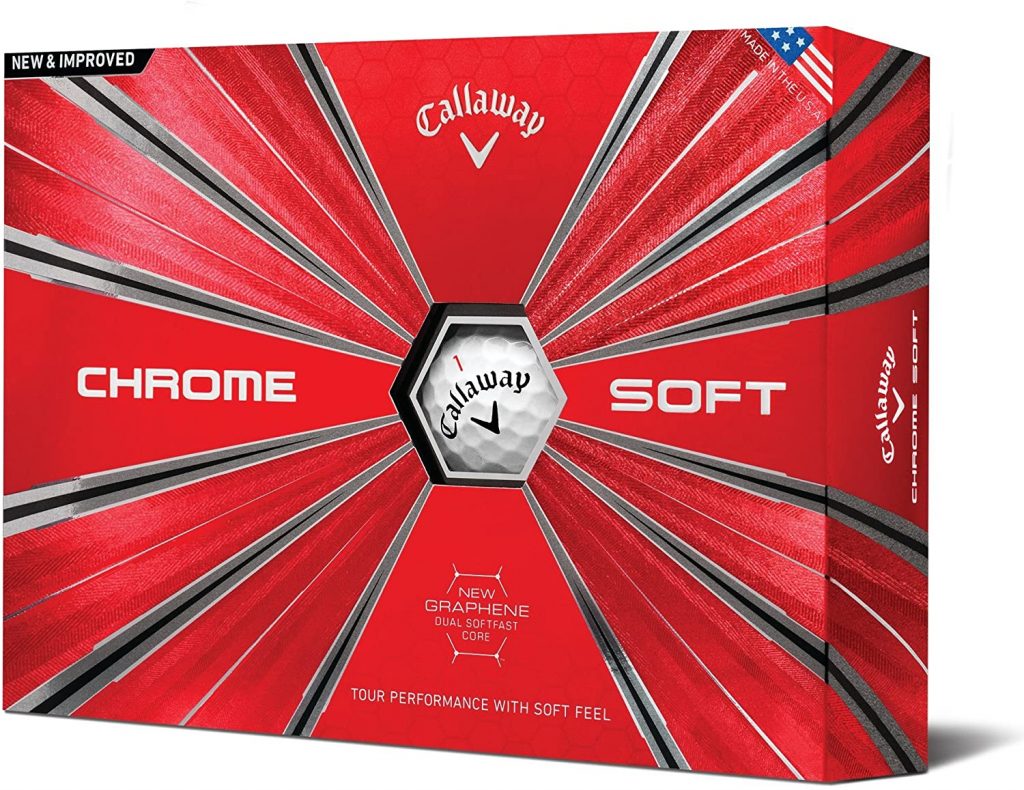
My ball of choice as a 19 handicapper, Chrome Softs come in white or yellow, with or without the Truvis pattern.
The 2020 model also offers the ‘triple track’ pattern, helping putter alignment, especially with compatible, triple track marked flat sticks.
Cheaper than other premium brands, you should be able to pick these up without breaking the bank to enjoy “the same sweet feel and spin” of the 2019 version.
Taylormade TP5x pix
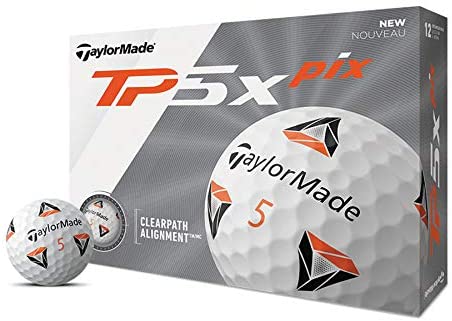
Fast becoming a Tour favourite, the Taylormade TP5x pix balls give great visual feedback when putting, along with the feel and distance expected in a premium ball.
They are at an accessible price point for the average-to-high-quality golfer.
Best cheaper golf balls
Below is a list of more cost-effective golf balls that will still get the job done, but won’t quite be of the same quality as the premium brands.
Callaway Super Soft
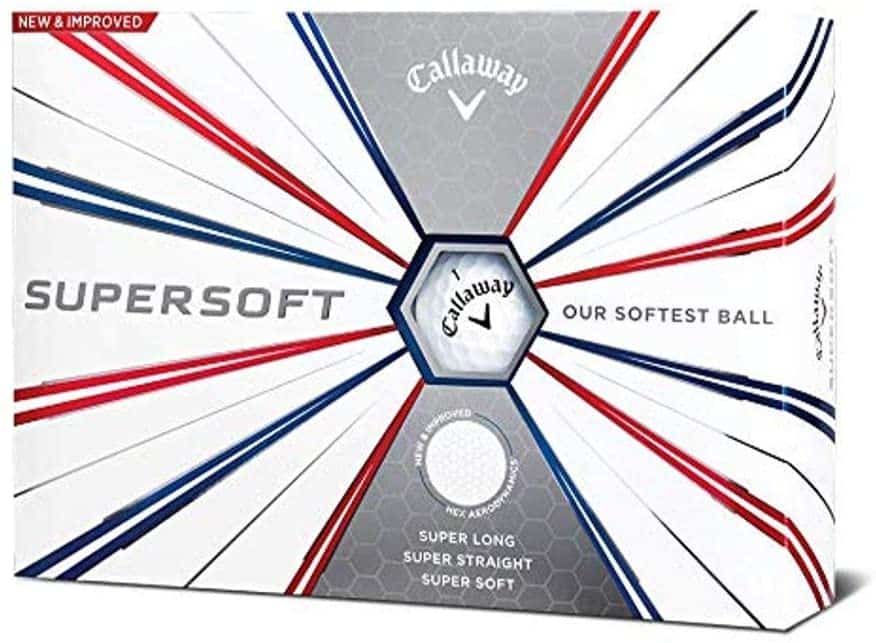
Regarded as the softest of the soft when it comes to golf balls, a dozen Super Softs are some of the cheapest mid-range balls on the market.
They offer some of the best spin and distance seen at the price point and are an exceptional option for any amateur golfer.
Srixon Soft Feel
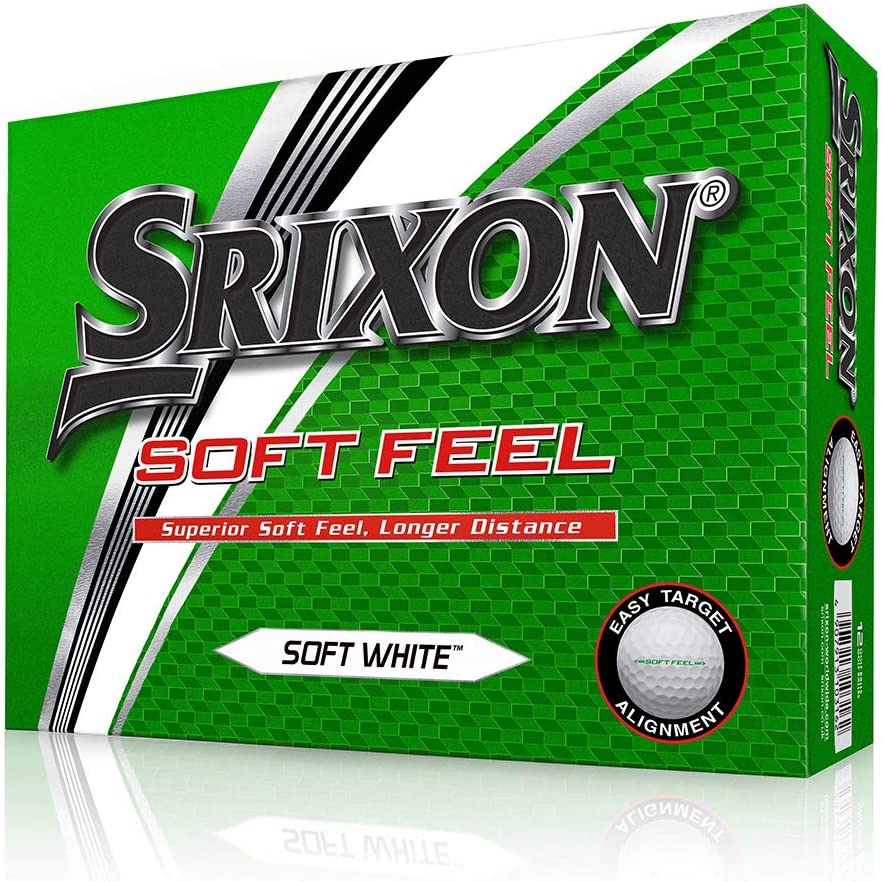
The 12th generation of the Soft Feel model is also Srixon’s longest, delivering maximum distance for slower-swinging golfers.
Keep an eye out for a bargain and you mightn’t find any balls cheaper than these in this price bracket.
VICE Tour
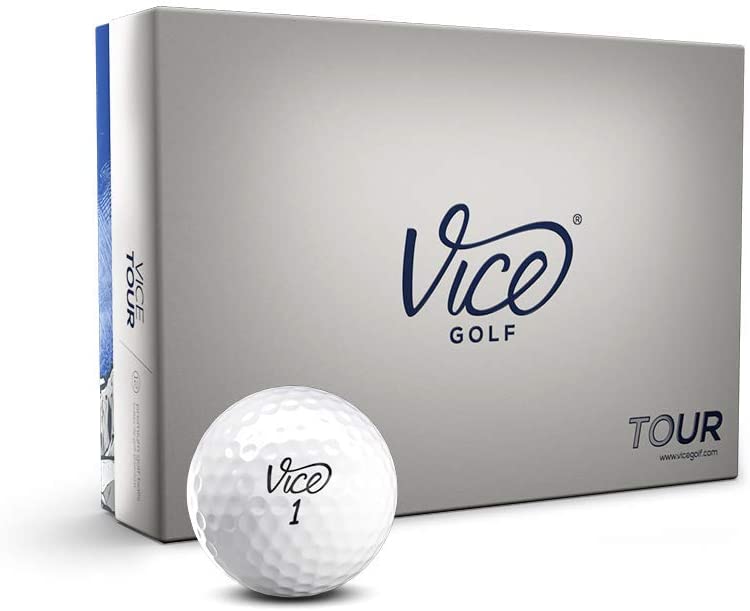
Regarded by many as “the coolest ball in golf”, VICE do things a little differently to the other major brands.
VICE do not sponsor any Tour players and aren’t available in store, keeping costs to a minimum by running purely as an online supplier.
These savings are passed on to customers, with this quality model often costing around half the price of Pro V1s.
Final message
There are definitely benefits to be had from gaming higher-quality golf balls, but no ball is going to compensate for horrendously off-centre strikes or super thin shots.
If you can afford it, it’s definitely worth gaming with a premium ball and trying to obtain that extra edge over your playing partners.
However, if the thought of losing expensive balls leaves you nervous, play something cheaper and swing more freely knowing you can cop the hit to the back pocket should you offer up a few each round as a sacrifice to the course.
Golf balls also offer the chance to show off your personality, so don’t shy away from that bright green or yellow color to make your presence known, and let your personality shine.
As is often the case in golf, whatever gives you the best feeling on the tee and performance around the course is the right ball for you, whether it be white, yellow, cheap, expensive or somewhere in between.
- TaylorMade SIM2 Max Driver vs M4 Driver: Worth it in 2024? - April 15, 2024
- 3 Ways to Win the Mental Game with the Bridgestone Mindset Golf Ball - March 29, 2024
- TaylorMade SIM Max & SIM2 Max Drivers: Are they Still Relevant in 2024? - March 9, 2024

